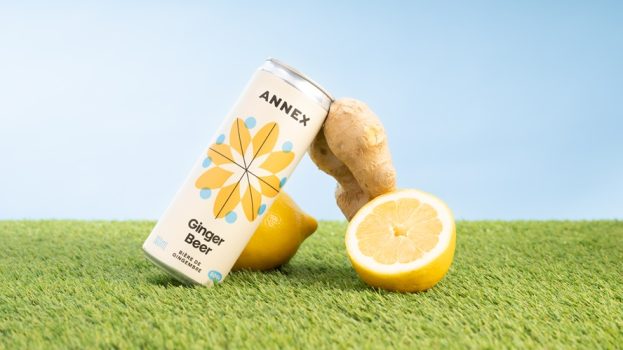Waste not, want not.
The abundance of physical materials and digital content in the world has left consumers feeling the effects on their mental health, according to a 2019 Trend Report by Fjord, a division of Accenture Interactive. In response, the innovation arm’s Canadian lead Scott Weisbord is warning marketers to scale back, citing a trend in the report that people “crave quiet in a noisy world” and, as a result, “reject organizations that shout to get our attention.”
That same research is accompanied by a video vignette with Accenture’s chief client officer Mark Curtis dissecting the study’s “meta-theme” – which was found to be the value exchange between consumers and commercial entities. He says in the video that citizens of this world are seriously considering and asking themselves (and brands), “What is the value for the environment and the products and services that I’m using?” Curtis pontificates that people want to feel that their choices and actions match the current zeitgeist, and claims brand winners will be those that offer them a sense of relevance.
Seven trends were identified in the report following a month-long event that involved design thinking sessions across the consultancy’s 35 offices and among 1,000 Accenture researchers and designers around the globe. The company’s Trend Report has been published over a dozen times in just as many years, and looks at areas of recurring consumer interest (which were culled from more than 100 others). Here are two of the seven trends that it says marketing departments should keep top-of-mind going into 2019.
Silence is Gold
The gist:
The digitization of pretty much everything has left little peace of mind, according to the report, as it outlines the negative impact of the influx of messages, notifications and alerts from touch to voice devices. The trend, says Weisbord, indicates that the “values we are seeking from the products and services around us are starting to shift. We were once really into the excitement and novelty and instant gratification we once got from products and services, we’re now starting to reject that because companies are almost shouting too loud at us to get our attention.”
The solution:
The report suggests taking consumers’ lack of responsiveness as a hint to turn down the dial on engagement-heavy marketing and be quieter. By minimising its interaction with consumers, the researchers suggest brands invest in content design to help make the fewer engagements count. “[Companies’] focus should [also] be on designing products that meet customers’ holistic needs, shaped to sit favourably within the ecosystem of other products competing for attention,” according to the researchers. “They’ll also need to rethink the metrics they use to measure success, prioritizing long-term value, for example, above usage time.”
The Last Straw?
The gist:
Along with the anxiety that comes with mental overload, so too does the issue of climate change. And while the health of planet isn’t a new area of concern, the report indicates that 2019 will see more consumers wanting companies to put their money where their mouth is. “It’s not enough to simply acknowledge environmental concerns; consumers will expect commitment to be proven through action.” And, as a result of this shift, newer competitive business models that rethink the traditional model of ‘take, make waste’ will start to emerge in 2019, states the report.
The solution:
“Organizations will need to redesign their systems and business models to fit the ‘circular economy,'” states the report. People want the products and services they buy to have sustainability built in, it’s not simply an “add-on.” According to the researchers, in the next years, “we’ll see more emphasis on reverse logistics, repair, maintenance, disassembly, end of life, collection, hygiene, labelling and a shift to using real and more sustainable alternatives to virgin materials and traditional production methods.” It also suggests brands collaborate more with their peers and even competitors to collectively solve environmental issues, as well as focus on making the consumer experience of “refilling, borrowing, returning or disposing as great as the experience of buying.”
To read more about these and the rest of Fjord’s trends, click here.























